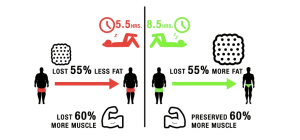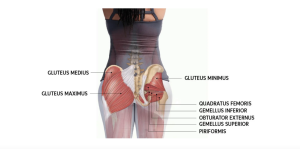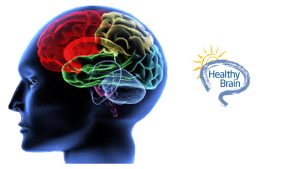What is Sciatica?
Sciatica is pain arising from the pressure in a large nerve that passes through the buttock, called sciatic nerve. The nerve is formed from nerve roots that originate from the spinal cord, pass out between the disc spaces into the buttock, then into the back of the thigh and leg. The sciatic nerve controls sensation and function to the leg and foot.
Sciatica Symptoms
When you suddenly start feeling lower back pain and/or hip pain that radiates towards the back of your thigh and into your leg, you possibly have a protruding or herniated disc in your spinal column that may be pressing on the nerve roots in the lumbar spine. Common symptoms of sciatica include:
- Hot pain in the buttock.
- Aching in the buttock, back of the thigh (hamstring) and calf.
- Leg cramp described as sharp (“knife-like”), or electrical.
- Pain in the ankle and foot.
- Pins and needles.
- Increased pain when lifting, straining or coughing.
- Loss of power to the muscles of the leg and foot.
Sciatica Causes
- A herniated disc: this is the most frequent cause of sciatica. The herniated disc may press directly on the nerve roots that refer to the sciatic nerve.
- Age: it is more common to get sciatica from the ages of 30 to 50 years.
- General wear and tear, in addition to any sudden pressure on the discs that cushion the bones (vertebrae) of your lower spine.
- Inflammation: nerve roots may get inflamed and irritated by chemicals from the disc’s nucleus, causing pain.
- Osteoarthritis: sciatica can also be caused by narrowing of the nerve tunnel between discs due to osteoarthritis
Sciatica Treatment
Chiropractic treatment for sciatica is aimed towards assisting you to manage your pain without long-term use of medications. However, in some cases, non-steroidal anti-inflammatory drugs or muscle relaxants may help in the initial phase of treatment. Furthermore, some find it calming to place gentle cold or heat interchangeably on your painful muscles.
It is essential that you continue to keep moving and do not stay in bed, as too much rest may cause pooling of inflammation and may result in discomfort in other areas of the body. Find positions which are comfortable, but be as active as you can as motion helps to minimise inflammation.
As soon as possible your chiropractor will start physical therapy and when deemed appropriate will start stretching exercises to help you resume your regular activities without sciatic nerve pain. Your chiropractor may want you to take short walks as well.
Most of the time, your condition will get better within a few weeks with chiropractic treatment. It is important that you come quickly to treatment and get set a proper diagnosis in order to prevent long-term problems.
Rehabilitation for sciatica
- Your chiropractor will prescribe tailored exercises to strengthen your back.
- It is essential to walk and move while limiting a lot of bending or twisting.
- It is encouraged to carry out household tasks including cooking and cleaning.
- After adhering to treatment for sciatica, you will be able to resume your normal lifestyle and keep your pain under control. However, there is always a chance for your disc to be irritated again so it is vital you manage sciatica correctly.
If you would like to make an appointment with one of the chiropractors at Chiro & Sports Med simply call our office on 9817 2005 and one of our friendly staff will organize an appointment for you.





